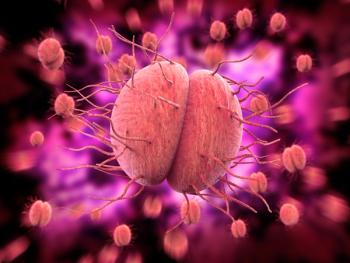
Positional Plagiocephaly and Craniosynostosis: A Photo Essay of Misshapen Heads
Craniosynostosis is a condition in which one or more of the fibrous sutures in an infant skull prematurely fuses by ossification, thereby changing the growth pattern of the skull.
Photo courtesy of Peter J. Taub, MD and Paul Pierce, MD
An orthotic cranial molding helmet offers effective treatment of infants with
Photo courtesy of Peter J. Taub, MD and Paul Pierce, MD
Strabismus (also seen in the previous Figure) can be a sign of craniosynostosis and should prompt additional assessment. The 2-month old child in this Figure had
Photo courtesy of Muhammad Moin Uddin, MD and Rahima Afroza, MD
Characteristic signs of
Photo courtesy of Muhammad Moin Uddin, MD and Rahima Afroza, MD
Anterior plagiocephaly, a subtype of craniosynostosis, involves the coronal suture.
Photo courtesy of Peter J. Taub, MD and Paul Pierce, MD
Newsletter
Access practical, evidence-based guidance to support better care for our youngest patients. Join our email list for the latest clinical updates.










